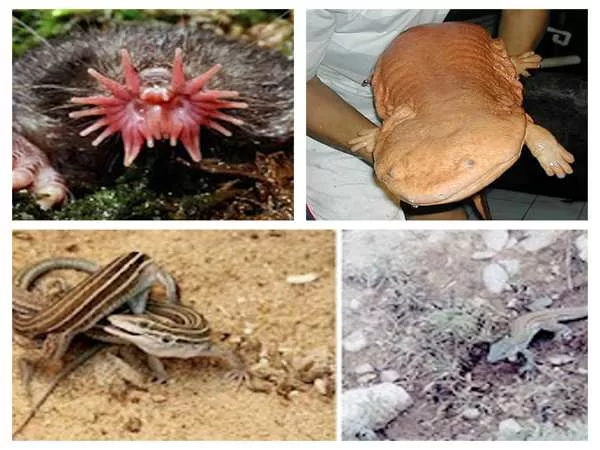The Earth is home to a wide variety of species, many of which are so unusual that they seem like they belong in a science fiction movie. From venomous mammals to tree-dwelling birds, these strange animals represent the diversity and oddity of life on our planet. Let’s dive into the fascinating world of some of the weirdest creatures you might not have heard about.
1. Platypus: The Ultimate Mash-Up Animal
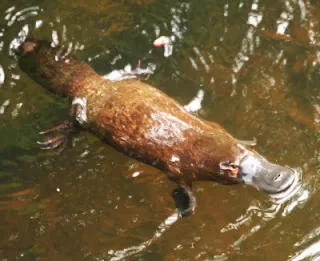
The platypus is one of nature’s most bizarre creations, looking as if it were put together from the spare parts of other animals. Native to Australia and Tasmania, this monotreme (egg-laying mammal) has a duck’s bill, a beaver’s tail, and otter-like feet. The platypus baffled European explorers when they first encountered it, with some even believing it was a hoax created by a taxidermist.
Aside from its odd appearance, the male platypus has a venomous spur on its hind leg, making it one of the few venomous mammals in the world. It’s also one of the only mammals that lay eggs, adding to its uniqueness.
2. Takin: The Mythical Beast of the Himalayas
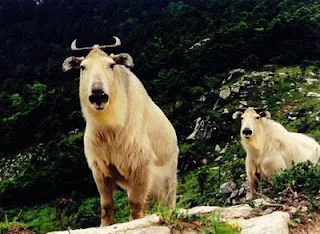
The takin, a sheep-like creature, roams the high altitudes of the Himalayas. Resembling a blend of a goat and an antelope, this hefty animal weighs up to 350 kg and sports golden fur. It’s also the national animal of Bhutan, where it holds a legendary status.
Bhutanese folklore tells of a wise Lama who, after eating the remains of a goat and a cow, used their bones to create the takin. The animal’s strong, musky scent, produced by the oily substance secreted on its body, adds to its mystique.
3. Aye-Aye: The Primate Woodpecker of Madagascar
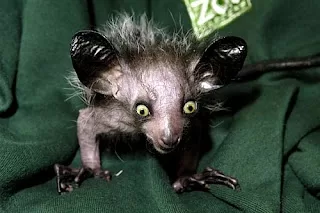
The aye-aye is perhaps one of the strangest primates on the planet. Native to Madagascar, this nocturnal animal has large bat-like ears, continuously growing rodent-like teeth, and a long, thin middle finger that it uses to extract larvae from tree trunks.
Despite its unusual appearance, the aye-aye is a highly specialized creature. However, local Malagasy superstition views the aye-aye as an omen of death, leading to many of these creatures being killed on sight. Conservationists are working to protect the aye-aye, which is already threatened by habitat destruction.
4. Sloth: The Slow-Moving Jungle Dweller
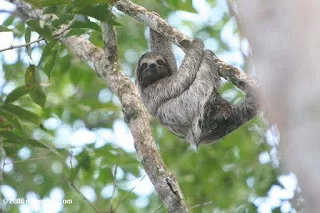
Sloths are medium-sized mammals that spend most of their time hanging upside down from trees in Central and South America. Known for their slow pace and long claws, sloths have an almost leisurely existence, moving only when absolutely necessary.
Sloths are primarily vegetarians, but some species have been known to eat insects and small animals. Their incredibly slow digestion process means that a single meal can take up to a month to fully digest. Additionally, their fur grows in the opposite direction compared to other mammals, which helps rainwater run off more efficiently as they hang upside down.
5. Armadillo: The Armored Mammal
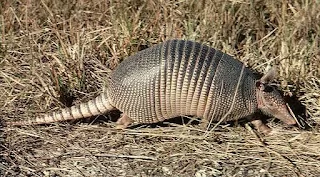
The armadillo is well known for its unique armored shell, which provides protection from predators. Found throughout South and Central America, this placental mammal gets its name from the Spanish word for “little armored one.”
One of the most interesting species is the nine-banded armadillo, which regularly gives birth to four genetically identical quadruplets. Its unusual reproductive system and its susceptibility to leprosy make the armadillo a subject of scientific study. In South American culture, the shell of the armadillo is even used to create a traditional musical instrument known as the charango.
6. Soft-Shell Turtle: The Sand Dweller of China
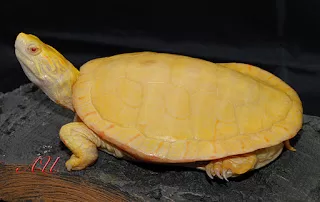
Native to China, the soft-shell turtle is a creature with a unique defense mechanism. Its soft, flexible shell enables it to burrow into sand and hide from predators. These turtles, sometimes called pancake turtles due to their flattened shape, are surprisingly fast, reaching speeds of up to 15 miles per hour when they need to make a quick getaway.
Known for their aggressive nature, soft-shell turtles will lash out at anything they perceive as a threat, including humans. Their sharp beak-like mouths can deliver a painful bite.
7. Giant Salamander: The Amphibious Giant
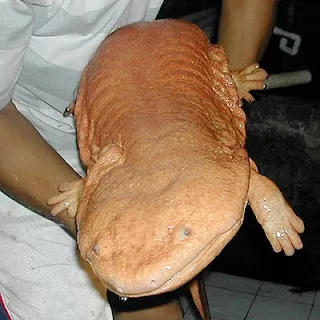
The giant salamander is the largest amphibian in the world, growing up to 2 meters long and weighing as much as 65 kilograms. Found in the cool streams of the United States, China, and Japan, the giant salamander is a mysterious creature that spends most of its life underwater.
One fascinating fact about the giant salamander is that it breathes through its skin rather than gills, as many other aquatic animals do. With a lifespan of around 50 years, this animal remains a subject of study due to its unusual characteristics.
8. Takahe: The Grass-Eating Bird of New Zealand
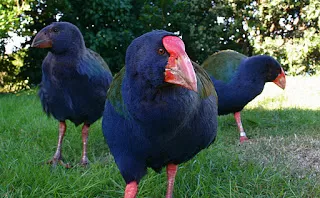
The takahe is a flightless bird that was once thought to be extinct but was rediscovered in 1948 in New Zealand. This colorful bird, with its striking purple and greenish plumage, is a symbol of resilience and survival.
Takihes have a unique feeding habit—they use their claws to pluck grass, eating only the soft, tender parts and discarding the rest. Extensive conservation efforts have helped the takahe population slowly recover, though it remains an endangered species.
9. Star-Nosed Mole: The Tentacled Burrower
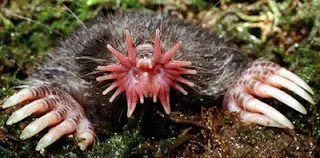
The star-nosed mole is one of the most unusual-looking creatures on Earth, with 22 pink tentacles protruding from its nose. These tentacles are highly sensitive and help the mole locate prey even in complete darkness.
Native to Canada and the eastern United States, the star-nosed mole is well adapted to life in cold, wet environments. It uses its remarkable sense of touch to find clams, snails, and worms buried in the mud.
10. Leaping Lizards: All-Female Reptiles
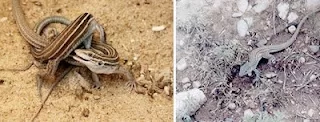
One of the strangest lizards in the world can be found in the deserts of the United States, where these reptiles defy nature with their all-female populations. These “leaping lizards” are known for their ability to reproduce asexually, meaning they don’t need males to create offspring.
Despite their unique reproductive system, these lizards are highly successful at surviving in their harsh desert environment. Their populations are thriving, and they reproduce more efficiently than many other lizard species.
Nature’s Most Fascinating Oddities
From the venomous spur of the platypus to the tentacled nose of the star-nosed mole, the animal kingdom is full of strange and wonderful creatures that challenge our understanding of life on Earth. These ten animals are just a glimpse into the bizarre diversity of the natural world, each with its own unique adaptations that have allowed it to survive and thrive.
Whether it’s the ancient legend of the takin or the remarkable survival of the takahe, these animals remind us that the planet is full of mysteries waiting to be discovered.

